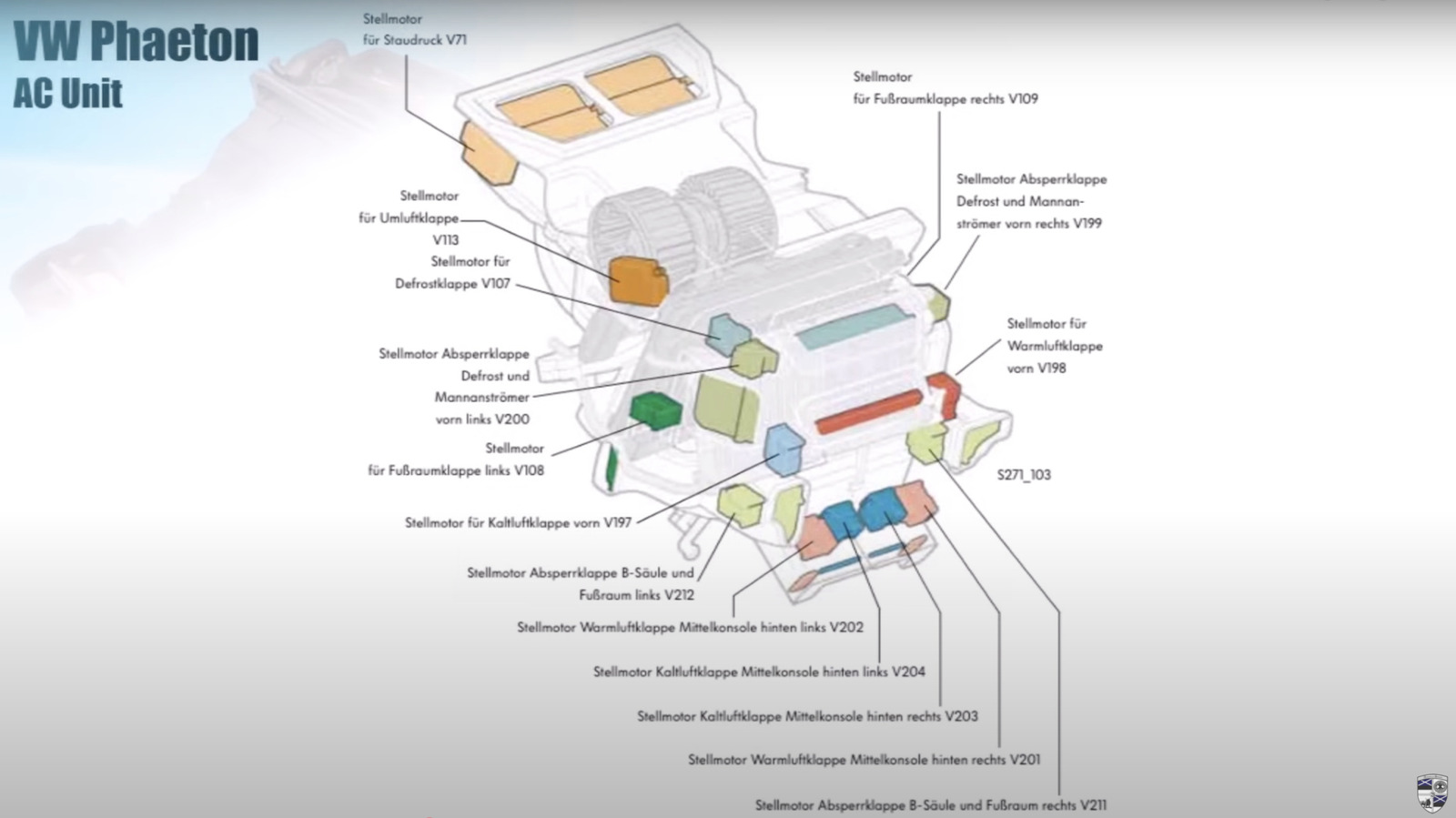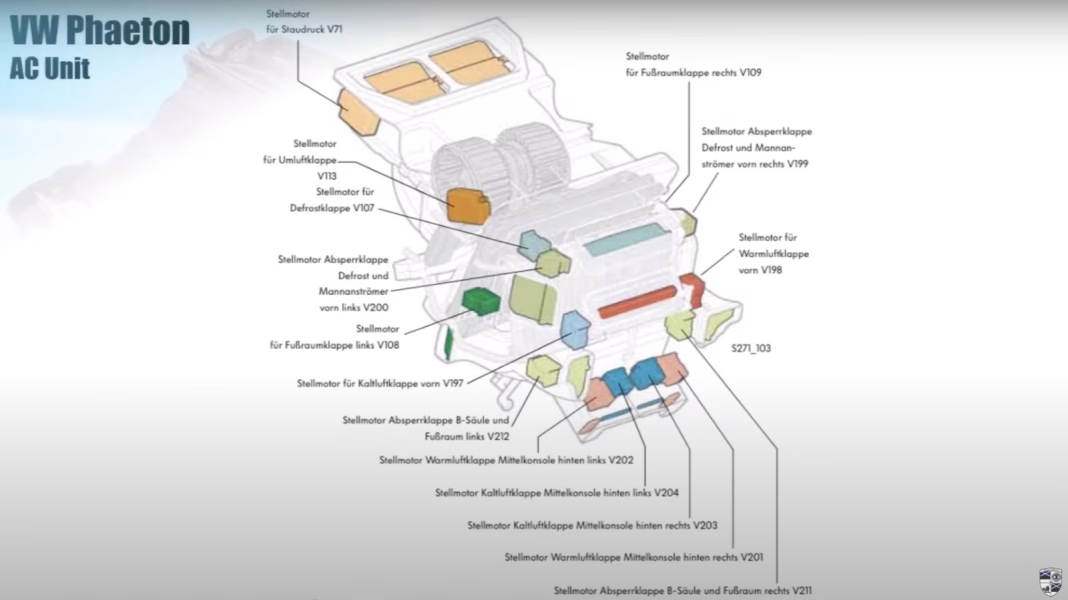Ferdinand Piëch, the former chairman of Volkswagen, was known for his relentless pursuit of engineering perfection. This ambition extended to every aspect of the vehicles produced under his watch, including the climate control systems. Piëch envisioned a system that offered zero compromises, a goal that, while ambitious, led to some fascinating engineering feats that many drivers might never fully appreciate.
What Makes a Climate Control System Exceptional?
At first glance, a car’s climate control system might seem like just another feature. However, for Piëch and his team, it was about creating an experience. The goal was to ensure that every passenger, regardless of where they sat, could enjoy a perfectly tailored climate. This meant developing a system that could adjust to individual preferences, taking into account factors like sunlight exposure and even the body temperature of each occupant.
The complexity of this system is astounding. Engineers designed it to monitor and respond to a variety of conditions in real-time. Imagine a car that not only cools or heats the air but also adjusts the airflow based on the position of the sun or the number of passengers. This level of sophistication is what Piëch demanded, and it required innovative thinking and cutting-edge technology.
Why Do Most Drivers Overlook This?
You might be wondering why such an advanced system goes unnoticed by many drivers. The answer lies in the nature of luxury and comfort. When everything works seamlessly, it becomes part of the background experience. Most drivers don’t consciously think about the climate control system; they just expect it to work flawlessly. It’s only when something goes wrong that they realize the complexity behind it.
Moreover, many luxury car owners may not fully understand the engineering marvels at play. They might appreciate a comfortable ride but not grasp the intricate systems that make it possible. This disconnect can lead to a lack of appreciation for the technology that enhances their driving experience.
Real-World Examples of Engineering Excellence
Take the Volkswagen Phaeton, for instance. This luxury sedan was designed with Piëch’s vision in mind. The climate control system in the Phaeton is a prime example of how far engineers went to meet his standards. It features multiple zones, allowing for individualized climate settings for each passenger. The system can even detect humidity levels and adjust accordingly, ensuring that the air remains comfortable, regardless of external conditions.
This level of detail is not just for show; it reflects a commitment to quality that can be felt in every drive. Owners of the Phaeton may not always notice the nuances of the climate control system, but they certainly feel the difference in comfort during long journeys.
The Bigger Picture: Engineering Philosophy
Piëch’s approach to engineering went beyond just creating a climate control system. It was about instilling a philosophy of excellence within the company. His insistence on high standards pushed engineers to innovate and explore new technologies, leading to advancements that would benefit not just luxury vehicles but the entire automotive industry.
This philosophy can be seen in many modern vehicles, where technology has become more integrated and user-friendly. The legacy of Piëch’s vision lives on, encouraging manufacturers to prioritize comfort and convenience in ways that were once thought impossible.
What Can We Learn from Piëch’s Vision?
The pursuit of perfection in engineering teaches us valuable lessons about attention to detail and the importance of user experience. In our own lives, whether we’re designing a product, planning an event, or even just organizing our homes, striving for excellence can lead to remarkable outcomes. It’s about making thoughtful choices and understanding the needs of those who will experience the end result.
The big takeaway? Piëch’s vision isn’t about perfection—it’s about smarter adjustments. Start with one change this week, whether it’s in your workspace or daily routine, and you’ll likely spot the difference by month’s end. Embrace the complexity and strive for excellence, and you might just create a more enjoyable experience for yourself and those around you.


